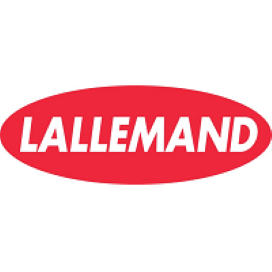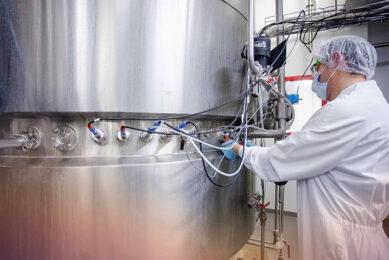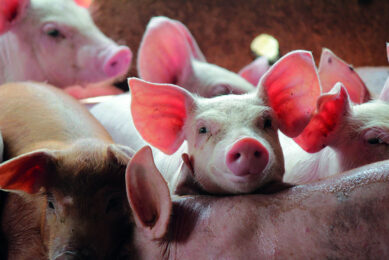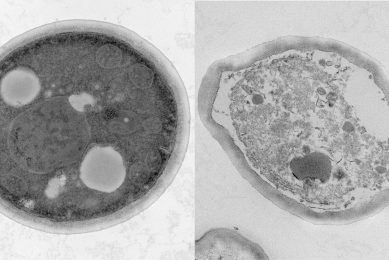From ingredients to strategy: Rethinking antioxidant defence
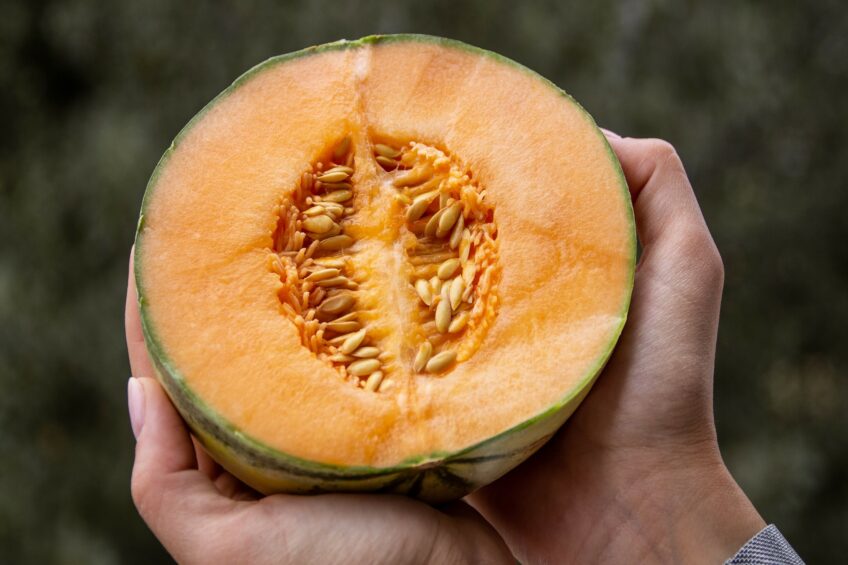
In animal nutrition, antioxidant solutions against oxidative stress in feed have long been standard – but how they are used is evolving. Today, it is well understood where oxidative stress originates and how the body manages it through its own internal systems. This knowledge opens up new possibilities to apply antioxidant protection in a more targeted and earlier manner – concepts that, just a few years ago, were not yet available.
With increasing performance demands, environmental stress and growing calls for sustainable production, it is no longer enough to simply “add an antioxidant”. Formulations are becoming more strategic, more biological, and more system-driven.
Traditionally, antioxidants like vitamin E have been used to combat oxidative stress. They are well established, trusted, and widely expected. Some formulations go further and include polyphenols, carotenoids, or plant extracts. However, these secondary antioxidants primarily act once oxidative stress is already underway. They address symptoms, not the root cause.
To protect animals from the inside out, we need to rethink where antioxidant defence begins.
Oxidative stress starts in the mitochondria
More than 90% of reactive oxygen species (ROS) are generated within mitochondria – the organelles responsible for energy production. These cellular ‘power plants’ create adenosine triphosphate, but also oxidative byproducts — the biological sparks that, if left unchecked, damage proteins, membranes, and DNA.
And while external antioxidants can help reduce the effects of ROS, they don’t act at the origin. This is why the most efficient defence isn’t to add more antioxidants — it’s to support the animal’s own protective systems.
The 3 pillars of antioxidant defence
A truly functional antioxidant approach supports the body across 3 layers:
1. Primary antioxidants
These are enzymatic defences such as superoxide dismutase (SOD), glutathione peroxidase (GPx) and catalase (CAT). They act within the mitochondria, right at the point where ROS are produced. Their effectiveness depends not on external supplementation, but on the animal’s ability to produce them.
This is where Melofeed plays a key role. Derived from melon juice concentrate and protected by a unique coating, it survives digestion and reaches the ileum intact. There, it stimulates the systemic production of primary antioxidant enzymes in key organs like the liver, intestines, reproductive tissues and more. It doesn’t switch them on directly — instead, it increases their presence, so the animal is ready when oxidative pressure rises.
2. Trace elements
Enzymes don’t work alone. SOD depends on zinc, copper, and manganese. GPx is selenium-dependent. Without these essential trace minerals, the enzymatic systems cannot be activated, no matter how many are present.
That’s why a bioavailable trace mineral matrix is critical. It ensures the enzymatic antioxidant infrastructure is not just present, but functional. Alkosel, as a source of bioavailable organic selenium, supports GPx directly and contributes to cellular-level protection.
3. Secondary antioxidants
These include vitamin E, polyphenols, flavonoids, and other plant-based compounds. Their role is still crucial, but complementary. They act in various cellular compartments, such as the cytoplasm and cell membranes, but not in the mitochondria, where most ROS are generated.
Importantly, their use should be requirement-based, not excessive. The goal isn’t ‘more antioxidant input’, but a balanced, multi-layered strategy aligned with biological processes.
The antioxidant system visualised
Imagine the animal body as a country: organs as cities, cells as districts. Inside each district, mitochondria act as power plants producing energy, but also sparks in the form of ROS.
- Primary antioxidants are sprinkler systems inside these power plants, preventing the fire from spreading beyond the walls.
- Melofeed increases the number of those sprinklers, so they are present when needed.
- Trace minerals are the water pipes, ensuring the systems can activate.
- Secondary antioxidants function as the firefighter, acting further downstream if needed.
Individually, none of these can handle the challenge. Together, they build a complete and effective protection system.
What it means for modern antioxidant formulations
In periods of high demand – whether from intensive performance, environmental stress or metabolic challenges – the state of the body’s own defence system determines whether animals remain stable or react. A protection concept that works on multiple levels enables:
- A shift from reactive supplementation to proactive resilience support.
- A scientifically grounded, future-oriented solution to oxidative stress.
The goal is not to eliminate components like vitamin E, but to embed them into a functional biological system that prevents oxidative stress at its source and supports the body where needed.
When oxidative stress is controlled at the source, both animals and farms benefit in the long term, resulting in greater stability during stress, improved recovery, enhanced performance – and with it, more robustness under real-life production conditions.
Want to know more about oxidative stress and its consequences for animals? Watch Lallemand Animal Nutrition’s expert talk video below where Monika Leukert, product manager for Antioxidative Solutions and Yeast Derivatives at Lallemand Animal Nutrition, answers question on oxidative stress and its consequences for animals.
Do you want more information about Alkosel and Melofeed? Visit our website!


